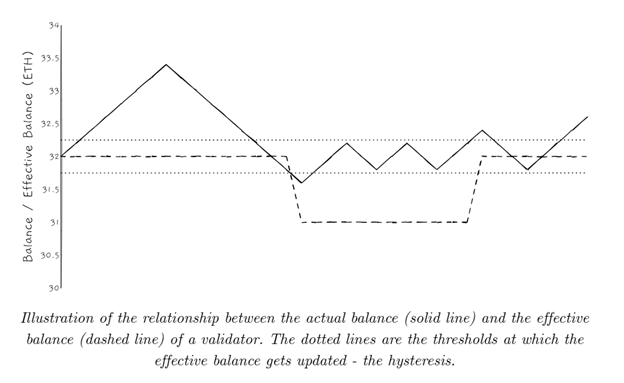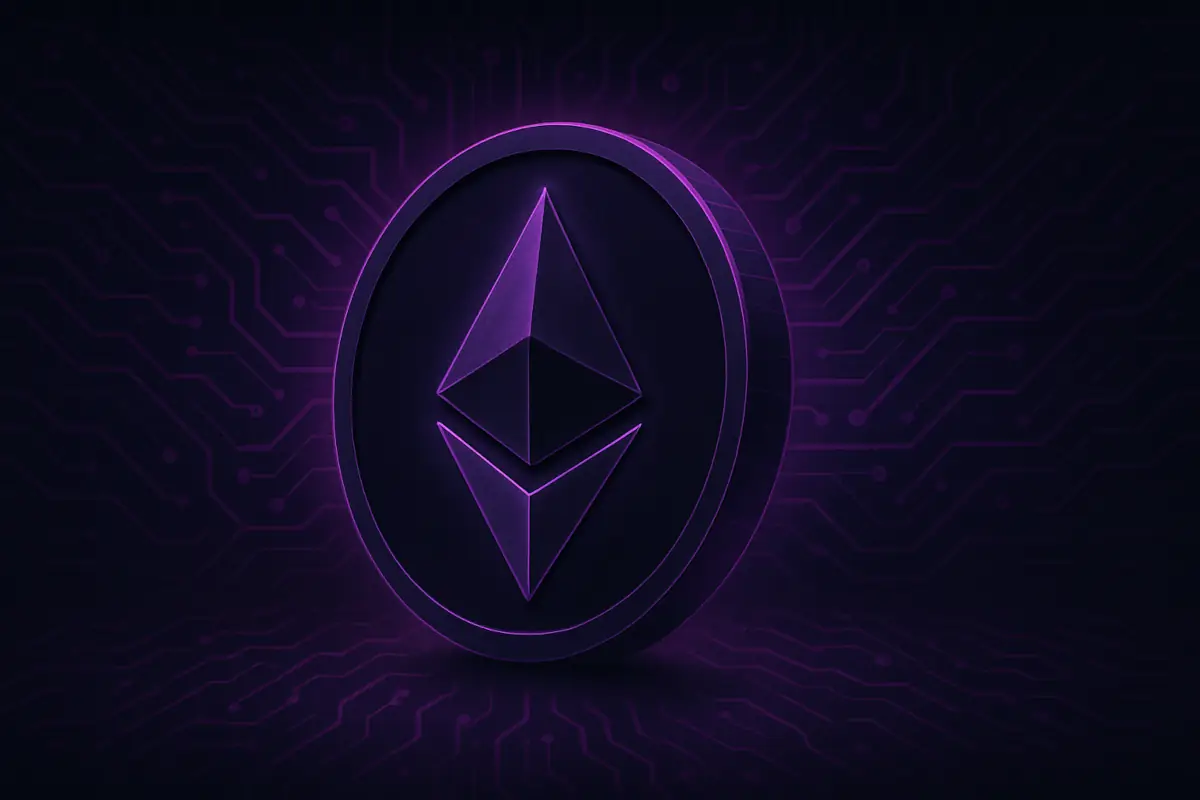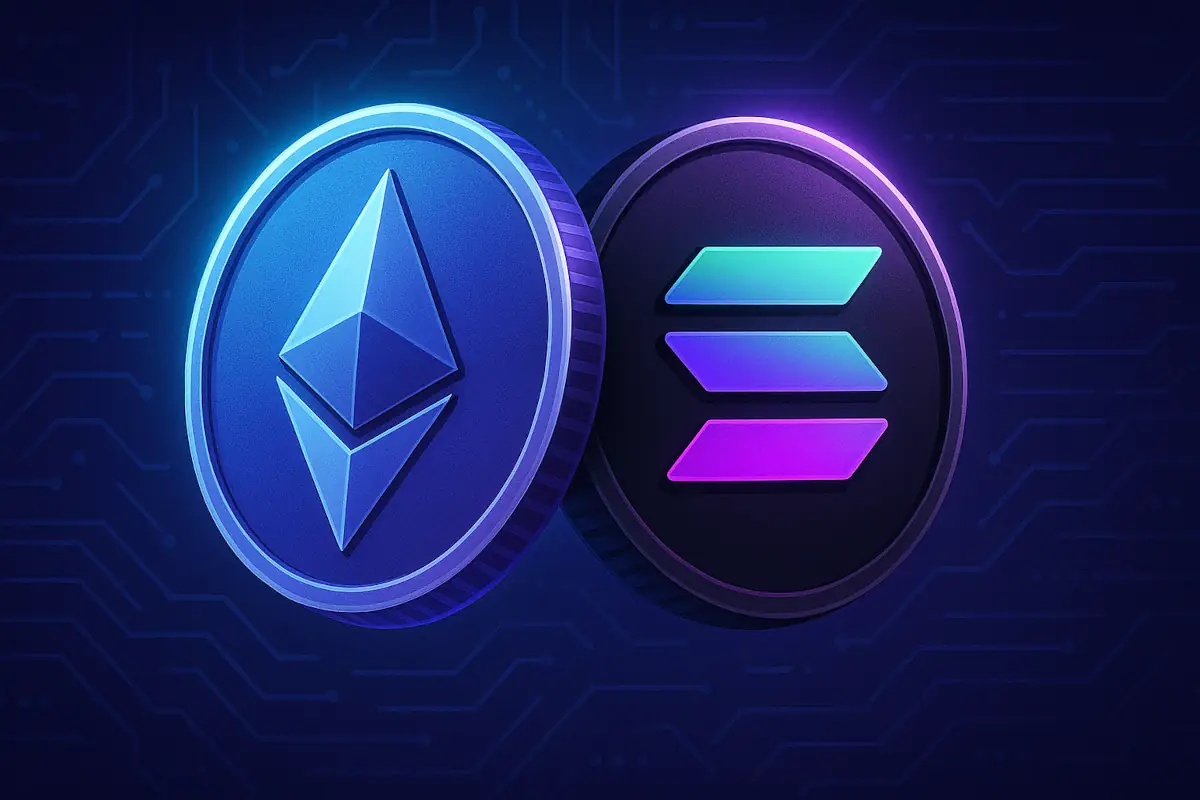Ethereum is about to take a massive leap forward. On May 7 at exactly 10:05:11 UTC, the long-awaited Pectra Upgrade will go live, bringing sweeping changes to the way Ethereum works under the hood. This marks the network’s largest upgrade to date in terms of the number of Ethereum Improvement Proposals (EIPs) included. While the tech behind it is dense, the real story is how this upgrade will affect Ethereum users, stakers, and the future of the network itself.
Table of Contents
Ethereum Pectra Upgrade at a Glance
| Key EIPs | Details |
|---|---|
| EIP-7251 | Increases max stake from 32 ETH to 2048 ETH; optional, compounds rewards, reduces congestion |
| EIP-6110 | Cuts validator activation time by ~48 hours via Execution Layer processing |
| EIP-7002 | Allows staking exits via Execution Layer; benefits pools (e.g., Lido), dual governance added |
| EIP-7549 | Optimizes validator voting; faster finality, works with 1/8 validators online |
| EIP-7702 | Smart wallets: multi-actions, gas help, session keys |
| EIP-7691/7840 | Cheaper layer-2 rollups via better blob handling |
| EIP-7623 | Lower fees by using blobs over calldata |
| EIP-2537 | Boosts zero-knowledge proofs for bridges/rollups |
| EIP-2935 | Extends block history to ~27 hours for smart contracts |
| EIP-7685 | Improves layer communication for staking |
What Exactly Is the Ethereum Pectra Upgrade?
Pectra is a merger of two planned upgrades – Prague and Electra. The goal? Build a blockchain that handles more data, processes transactions quicker, and offers staking flexibility without losing decentralization. These aren’t just performance tweaks – this is Ethereum addressing real-world issues like high Layer-2 fees, slow validator onboarding, and validator inefficiency.
The upgrade includes several Ethereum Improvement Proposals (EIPs). Among the biggest, EIP-7251 lifts the validator stake cap from 32 ETH to a whopping 2048 ETH. That means fewer validators are needed for large operators, slashing operational overhead. For those staking individually or in small groups, rewards will now keep compounding instead of being periodically removed when balances exceed 32 ETH.
The Delay That Wasn’t Really a Delay
Initially, developers floated April 30 as a possible launch date. But that would have broken a commitment to give builders at least 30 days’ notice. Terence, core contributor, locked in the exact moment: May 7 at 10:05:11 UTC.
So, while May 7 might feel like a delay compared to the previous date, it’s actually a move made out of respect for those building on top of Ethereum. That being said, the update is still delayed in absolute terms, as it was initially planned for March.
Raising the Stakes – Literally
One of the most significant parts of the upgrade is EIP-7251, which bumps up the maximum stake per validator from 32 ETH to a whopping 2048 ETH. Right now, any amount over 32 ETH gets swept away and doesn’t earn rewards. With this change, large validators can stack more ETH into a single slot.
Stakers who choose to opt in will see their rewards continue to compound beyond 32 ETH, boosting returns. They’ll also avoid those pesky automated withdrawals – unless they trigger them manually. For those not interested in making the switch, nothing changes. Validators can still use the current 32 ETH system if they prefer.
But here’s the twist: Ethereum won’t automatically count your growing balance until it hits the next full number + 0.25 ETH. So if you’re sitting on 33 ETH, your rewards are still calculated as if you have 32 – until you hit 33.25 ETH.

Quicker Validator Activation Thanks to EIP-6110
Right now, getting your validator up and running takes time – too much time. That’s changing. EIP-6110 cuts the wait down by about 48 hours. The old system relied on a slow data transfer between Ethereum’s layers. With this proposal, deposit data gets processed directly in Ethereum’s Execution Layer, cutting out the middleman.
What this really means is: new validators won’t have to twiddle their thumbs waiting to join the action. The process is quicker, cleaner, and way less complicated.
For MetaMask staking users, there’s no action needed. Your validators keep earning like always. But if you’re starting fresh after May 7, expect to activate faster.
Giving Stakers More Control with EIP-7002
Let’s talk exits. Right now, leaving the staking pool is tied to a validator’s private key. That’s a problem when the validator is managed by a third party, like in staking pools. EIP-7002 fixes this by allowing exits to be triggered from the Execution Layer – the layer where actual Ethereum accounts live.
For users relying on services like Lido, this EIP brings serious relief. Once Lido implements it (they won’t at launch), users won’t need to wait on a permissioned group to unlock their funds. Instead, exits can be triggered directly by the withdrawal credential.
There is one trade-off, though: central groups like DAOs could misuse this power if not properly governed. Lido plans to offset this with a “dual governance” model, giving stETH holders some protection if things go sideways.
Less Bloat, More Votes: The EIP-7549 Advantage
Another interesting tweak is EIP-7549, which helps clean up how Ethereum validators vote. It strips out some unnecessary data from the message they sign. That might sound boring, but the result is huge: More votes fit into fewer blocks, and fewer signatures are needed to make everything valid.
What does this do? It makes Ethereum faster and more efficient. You get quicker finality on transactions and lower strain on the network. Even with only 1/8 of the validators online, all votes can still be included. That’s a big deal for performance and reliability.
Smart Wallets, Cheaper Rollups, and Better Bridges
Beyond staking, the Pectra Upgrade includes a buffet of changes aimed at making Ethereum easier to use and cheaper to operate.
- EIP-7702 lets wallets behave like smart contracts temporarily. Users can string together multiple actions, get help with gas fees, or use session keys – all of which smooth out daily use.
- EIP-7691 and EIP-7840 work together to make layer-2 rollups cheaper and more efficient by handling blob data better.
- EIP-7623 shifts more transactions to use blobs instead of calldata, helping keep network fees low even when demand spikes.
- EIP-2537 adds better support for cryptography used in zero-knowledge proofs, which will speed up apps like bridges and private rollups.
- EIP-2935 expands block history from 51 minutes to nearly 27 hours, giving smart contracts more reliable access to past data.
- EIP-7685 boosts communication between Ethereum’s layers, especially helpful when it comes to staking deposits and exits.
What the Pectra Upgrade Really Means
The Pectra Upgrade isn’t just technical. It’s a signal that Ethereum is growing up, finding smarter ways to scale, and listening closely to its builders and users. From faster staking to cleaner exits and smarter wallets, this release aims to simplify the experience while increasing performance.
More than 10 EIPs are bundled into one of the most ambitious Ethereum updates ever. And the best part? For most users, it all happens in the background – no action is required.
Read also: Ethereum’s Pectra Upgrade Hits a Roadblock – What’s Next?




